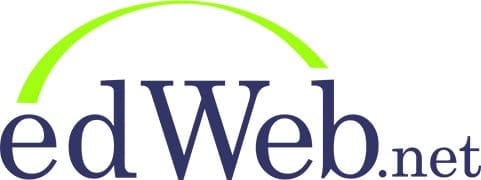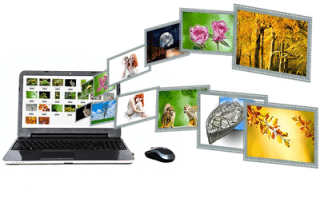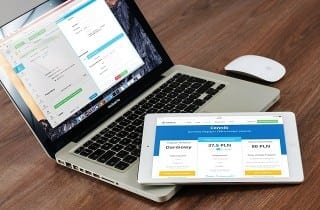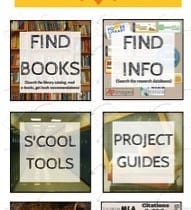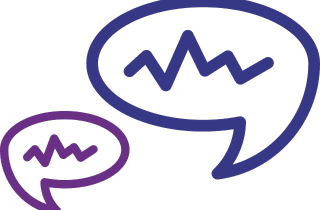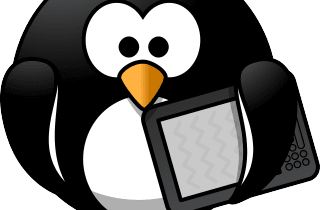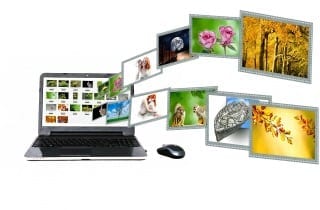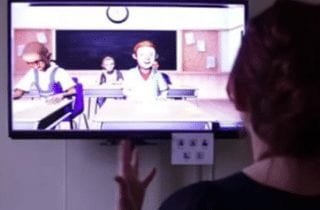In this annual review of new developments in eContent delivery, participants will learn about platforms, services, licensing options, new product packaging, spending models, and content availability.
Join edtech adjunct instructor Shannon Holden as he shows teachers how to create digital content using a free piece of software called aTube Catcher.
In this session, the presenter will share an array of curation solutions, their strengths and limitations, and strategies to morph tools and create workarounds where services still need work.
In this edWeb webinar hosted by the Digital Learning community, Jeff Mao and Steve Garton, leaders of the Maine Learning Technology Initiative program, explored the increasingly diverse technology landscape to help educators make good decisions about devices, software, and digital content. Attendees learned how Graphite.org can help them find the next great learning app.
Digital libraries are much more than just eBooks! This webinar provided an overview of the various resources available to begin a digital library, as well as ways to share these resources with your teachers and students.
Teachers have hopes for young people to share their voices, connect, and learn with others in a global, digitally-mediated world. The challenges of digital spaces create opportunities for uncivil, hateful, or overall trivial and unsubstantial dialogue.
One of the latest trends in edtech is “app smashing,” but what is it? App smashing is the process of using – or “smashing” – different apps together to complete tasks and create rich student projects. App smashing can help maximize the potential of digital tools by combining their features and functions.
eBooks present exciting opportunities for educators. Yet the possibilities can be overwhelming and confusing. Where do you start? What lessons have worked? How do they align to Common Core Standards? How do you use them with students with various learning abilities or at various reading levels?
This edWeb.net TechTools for the Classroom webinar walked attendees through the process of creating digital content and explained how interactive platforms can benefit students and teachers. Webinar presenter, Middle School administrator Shannon Holden also provided an overview of two of the more popular platforms – EDPuzzle and Blubbr.tv.
Digital games have the potential to transform K-12 education as we know it. But what has been the real experience among teachers who use games in the classroom? And what kind of resources can help prepare teachers who want to implement more games into their curriculum, but need more help making sense of the existing research that’s out there as well as some suggestions for practical use?

